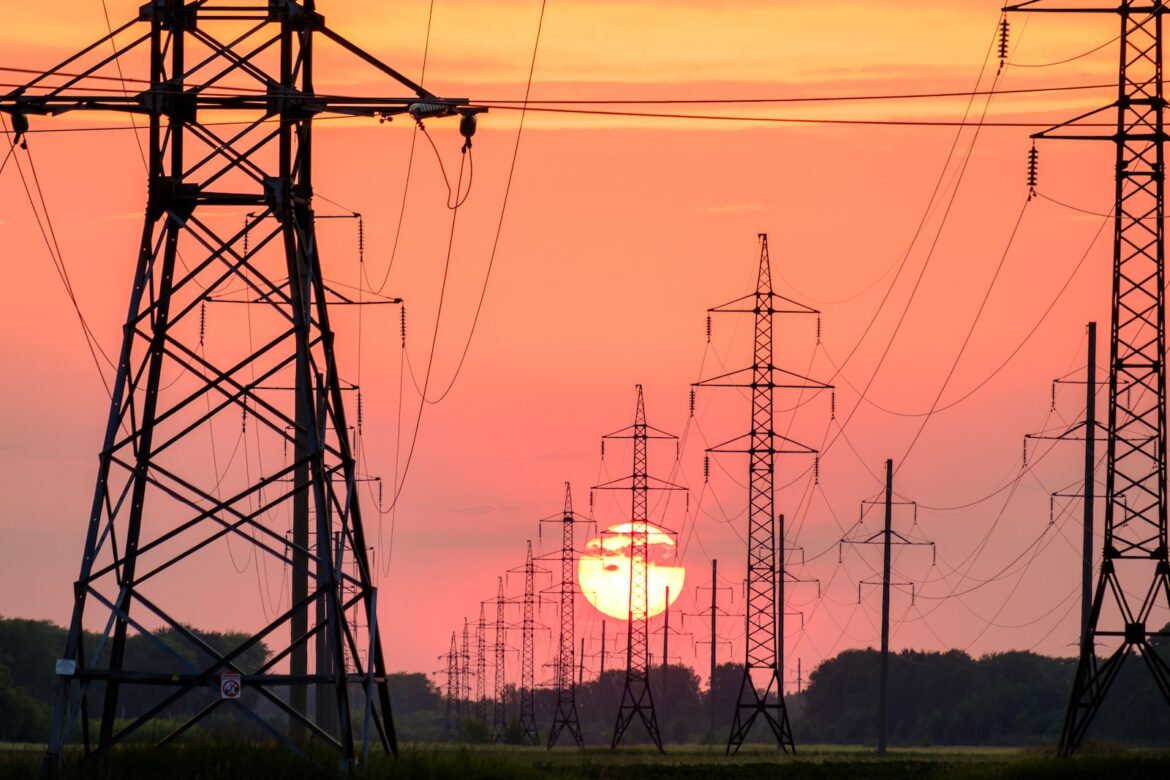The Electric Reliability Council of Texas (ERCOT) Issues Emergency Declaration
Responsible for managing the state’s electric grid, ERCOT recently issued an emergency declaration due to soaring temperatures that pushed power demand dangerously close to supply levels. This emergency marks a significant escalation in a series of conservation requests ERCOT has made throughout the summer to address concerns about supply meeting the growing demand for electricity. The situation has become particularly concerning, as Texas approached the risk of rolling blackouts.
Challenges in Power Distribution
ERCOT’s emergency declaration is the most critical event for the grid since the winter blackout experienced in 2021. The timing of the emergency occurred during the evening, a period when solar power generation typically diminishes. However, additional challenges arose related to transmission issues, primarily the transportation of wind energy from South Texas to other parts of the grid. Matthew Watkins, the managing editor of the Texas Tribune, highlighted the difficulties faced during this emergency. He mentioned that while there was ample wind energy generation in South Texas, ERCOT encountered obstacles in distributing it across the state grid, contributing to the precarious situation.
Reflecting on Past Challenges
ERCOT has been grappling with the challenges of maintaining a reliable power supply, especially during peak demand periods when temperatures surge in Texas. The state’s energy infrastructure has faced scrutiny and criticism, with the 2021 winter blackout serving as a stark reminder of the consequences of power disruptions.
Looking Ahead: The Need for Robust Investments
This ongoing struggle to balance supply and demand highlights the need for robust investments in the state’s energy infrastructure. While renewable energy sources like wind and solar power have been integrated into the grid, transmission and distribution issues pose substantial challenges. Ensuring the efficient movement of electricity from generation points to areas of high demand is crucial to prevent emergencies like the one recently declared by ERCOT.
Conclusion
The situation in Texas serves as a reminder of the broader challenges facing power grids worldwide. As climate change leads to more extreme weather events, the need for resilient and adaptable energy systems becomes increasingly urgent. Texas, known for its extreme weather conditions, must navigate these challenges effectively to safeguard the reliability of its power supply. ERCOT’s efforts to manage the grid during peak demand periods, coupled with investments in improved transmission infrastructure, will be essential to prevent future emergencies and blackouts. As the state continues to grow and its energy needs expand, the lessons learned from these experiences will shape the future of Texas’ power grid and its ability to provide reliable electricity to its residents.

